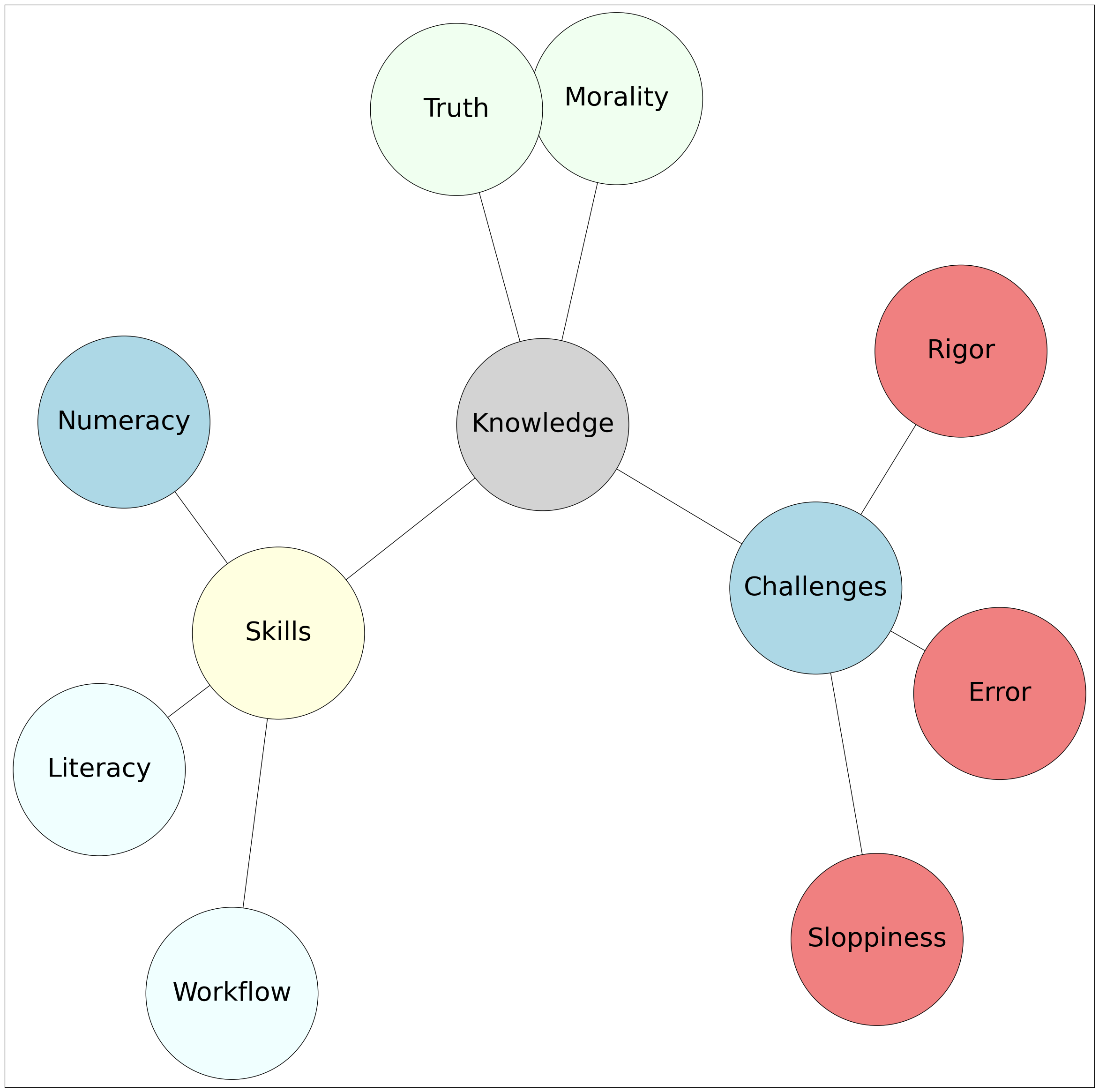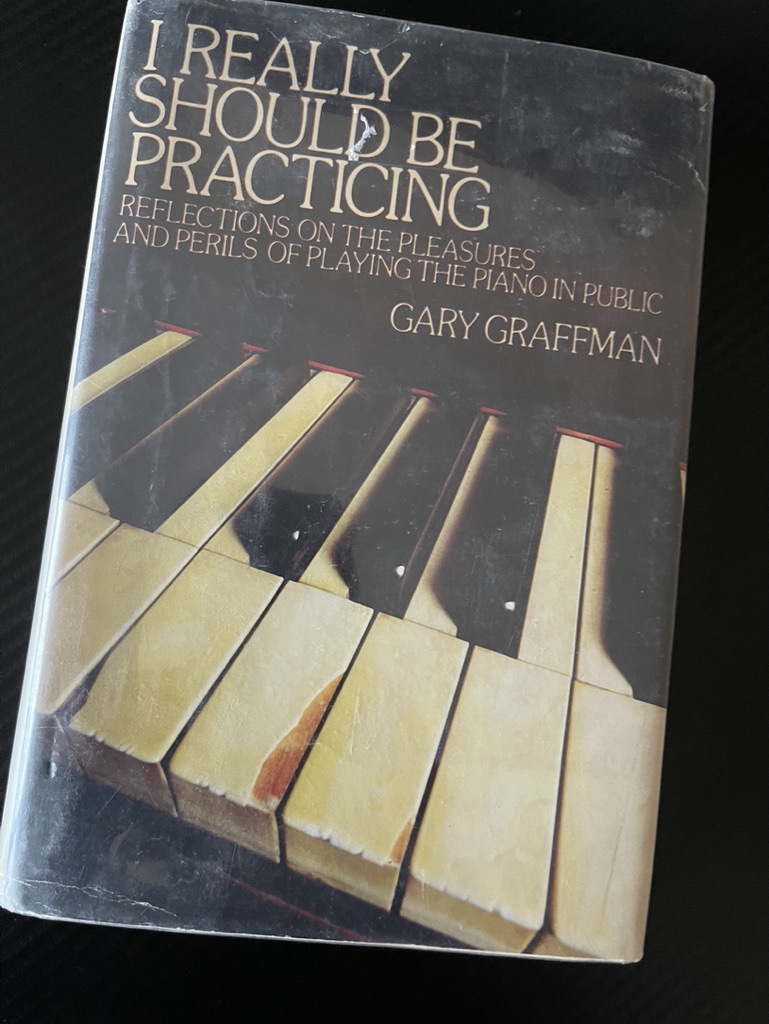09/01/2023#
1101. ontology#
Einstein is more Parminedes, Niels Bohr more Heraclitus – as is Nietzsche. From an empirical perspective, who seems to be on the winning side a century later?
The comparison between Einstein and Parmenides, and between Niels Bohr and Heraclitus, is an interesting philosophical analogy. Parmenides argued for the fundamental unity and unchanging nature of existence, while Heraclitus is famous for saying that everything is in a state of flux (“You cannot step into the same river twice”). Similarly, Einstein’s theories of Special and General Relativity provide a deterministic framework for understanding the universe, whereas Bohr was one of the pioneers of quantum mechanics, which incorporates fundamental probabilities and uncertainties.
Empirical Developments
Quantum Mechanics: A century later, the quantum mechanical view—often interpreted to align more with Heraclitean flux than Parmenidean unity—seems to have a stronger empirical basis in terms of experimental confirmations. Quantum theory has been confirmed to extraordinary degrees of accuracy and forms the basis for many technologies, including transistors, lasers, and other devices. Quantum mechanics also allows for phenomena like superposition and entanglement, which seem to defy classical intuitions about reality.
Relativity: However, it should be noted that Einstein’s theories of relativity are also extraordinarily well-confirmed and crucial for GPS technology, understanding cosmological phenomena, and much else. General relativity has passed every test thrown at it so far, including the detection of gravitational waves.
Unification: One of the grand challenges of contemporary physics is to reconcile general relativity with quantum mechanics in a theory of quantum gravity. So far, this has not been successfully achieved, though efforts like string theory and loop quantum gravity are active areas of research. Therefore, it’s difficult to say that one of the two approaches—relativity or quantum mechanics—is empirically superior to the other; each is extraordinarily successful in its domain.
Philosophical Interpretations
Philosophically, the debate about determinism and indeterminism, unity and flux, continues. Bohr’s complementarity principle, the Copenhagen interpretation of quantum mechanics, and various other interpretations (Many-Worlds, de Broglie-Bohm, etc.) grapple with these deep questions.
Conclusion
In summary, both “sides”—that of deterministic, continuous theories exemplified by Einstein and the probabilistic, “quantized” theories exemplified by Bohr—have had enormous empirical success, but neither has been able to fully subsume the other. As of now, physics retains both perspectives, using each where it is most successful, while searching for a deeper theory that can unify them.
1102 worthyadversary#
Show code cell source
import networkx as nx
import matplotlib.pyplot as plt
# Set seed for layout
seed = 4
# Directory structure
structure = {
"Challenges": ["Rigor", "Sloppiness", "Error",],
"Knowledge": ["Skills", "Challenges", "Morality", "Truth",],
"Skills": ["Literacy", "Numeracy","Workflow",],
}
# Gentle colors for children
child_colors = ["lightgreen", "lightpink", "lightyellow",
'lavender', 'lightcoral', 'honeydew', 'azure','lightblue',
]
child_colors = ["lightgreen", "lightpink", "lightyellow",
'lavender', 'lightcoral', 'honeydew', 'azure','lightblue',
]
# 'lightsteelblue', 'lightgray', 'mintcream','mintcream', 'azure', 'linen', 'aliceblue', 'lemonchiffon', 'mistyrose'
# List of nodes to color light blue
light_blue_nodes = [ "Numeracy", "Challenges"]
G = nx.Graph()
node_colors = {}
# Function to capitalize the first letter of each word
def capitalize_name(name):
return ' '.join(word.capitalize() for word in name.split(" "))
# Assign colors to nodes
for i, (parent, children) in enumerate(structure.items()):
parent_name = capitalize_name(parent.replace("_", " "))
G.add_node(parent_name)
# Set the color for Skills
if parent_name == "Knowledge":
node_colors[parent_name] = 'lightgray'
else:
node_colors[parent_name] = child_colors[i % len(child_colors)]
for child in children:
child_name = capitalize_name(child.replace("_", " "))
G.add_edge(parent_name, child_name)
if child_name in light_blue_nodes:
node_colors[child_name] = 'lightblue'
else:
node_colors[child_name] = child_colors[(i + 4) % len(child_colors)] # You can customize the logic here to assign colors
colors = [node_colors[node] for node in G.nodes()]
# Set figure size
plt.figure(figsize=(30, 30))
# Draw the graph
pos = nx.spring_layout(G, scale=30, seed=seed)
nx.draw_networkx_nodes(G, pos, node_size=70000, node_color=colors, edgecolors='black') # Boundary color set here
nx.draw_networkx_edges(G, pos)
nx.draw_networkx_labels(G, pos, font_size=40)
plt.show()

you are always on team “skills”
look for or imagine your adversary “challenges”
best them in rigor, exploit their sloppiness, and force them to err
the face of
knowledgeis a worthy adversary, eternally recurrently challenging youour proof of concept is in a lifetime of learning, growing, becoming, innovating, and creating
generative adversarial networks are the very best example of this
apps in chord progression, sports dummying, chess, and go
1103. directory#
WORKFLOW
folk a repo
clone it
make changes
push it back to the repo: abikesa_ngoma.sh
and thats it!
~/dropbox/1f.ἡἔρις,κ/1.ontology
–
Macintosh HD
Applications (82)
Library (66)
System (7)
Users (2)
d
Applications (0)
Desktop (0)
Dropbox (ERGOT) (11)
Dropbox (Personal) (8)
Downloads (0)
Movies (2)
Music (3)
Pictures (3)
Public (3)
Shared
Network
d@Poseidon ~ % ls -l ~
total 0
drwx------@ 3 d staff 96 May 24 13:38 Applications
drwx------@ 6 d staff 192 Aug 31 18:14 Desktop
drwx------@ 10 d staff 320 Aug 27 17:49 Documents
drwx------+ 9 d staff 288 Sep 1 01:57 Downloads
lrwxr-xr-x 1 d staff 27 Dec 2 2020 Dropbox -> /Users/d/Dropbox (Personal)
drwx------@ 17 d staff 544 Jul 13 16:53 Dropbox (ERGOT)
drwx------@ 14 d staff 448 Aug 18 23:56 Dropbox (Personal)
drwx------@ 104 d staff 3328 Jun 27 12:48 Library
drwx------ 6 d staff 192 Sep 1 01:57 Movies
drwx------+ 7 d staff 224 Feb 25 2023 Music
drwx------+ 7 d staff 224 Jun 17 02:38 Pictures
drwxr-xr-x+ 7 d staff 224 Aug 14 08:00 Public
d@Poseidon ~ %
1104. piano#
blackstar®: 88 keys (52 white, 36 black)
7 octaves (A0 to C8), portable (foldpiano88)
1 pedals (soft, sostenuto, sustain)
1105. artists#
Discussion with Sarah
Blue zone Netflix documentary
Convergence of powerful themes:
Causal inference
Hierachical data
Process vs. Variance models
Bias (Study process), Variance (Participant process)
Intra-class correlation coefficient (Give perception of homogeneity)
Anecdotes (By con-artists) vs. Data (Entire population)
Powerful narratives arise from careful casting and sampling
Always bests rigorous controlled analyses
Why the same formula works in Hollywood: great casting!!
Dull science with entire population will always be fail to compel
1106. err-is-human#
anecdote: bias - numerator, being, process of one (art)
population: variance - denominator, becoming, process of all & sundry (science)
in sum, art: science = numerator:denominator = bias:variance
dramatic arc of a protagonist: overall low icc (protagonist no different from others)
moral of the story: audience can relate to the protagonist, yet …
ultimately the protagonist makes a difference, distinguishes, them
they score a super-high icc (different from other); thus, the audience is moved
here, the protagonist is the numerator, the audience is the denominator
we are manipulated into thinking its an unbiased sample of the populations experience
but its not, its a carefully selected sample of the population;
careful casting
segue to the
castingof thecharactersin thestoryof thedatathe
datais thestoryof thepopulationand thecharactersare thevariablesthe
variablesare thefeaturesof thedataand thedatais thefeatureof thepopulationthe
populationis thefeatureof theuniverseand theuniverseis thefeatureof themultiversethe
multiverseis thefeatureof theomniverseand theomniverseis thefeatureof themetaversethe
metaverseis thefeatureof thehyperverseand thehyperverseis thefeatureof theultraversethe
ultraverseis thefeatureof thexenoverseand thexenoverseis thefeatureof theomniversethe
omniverseis thefeatureof themetaverseand themetaverseis thefeatureof thehyperversethe
hyperverseis thefeatureof theultraverseand theultraverseis thefeatureof thexenoverse
segues to the netflix documentary on the
blue zones: careful castingbiased sample of the population, but we are manipulated into thinking its unbiased
into thinking they are representative of the population, but they are not
so we unconsciously assume very low variance in the population, and high icc
but the reality is that the variance is high, and the icc is low
hollywood is the same, they cast the best actors, and we assume they are representative
very rare cases in which it appears as if casting didn’t do this (e.g.
the office,the wire,the sopranos)no wonder we consider these to be the best shows ever, they are the most representative and yet … stories seem to be other worldly (a paradox)
i probably just distinguished between hierarchical models
and the specific instance in which time is the hierarchical variable
whereby dramatic arc is the process of the protagonist and the variance of the population
this is how even the most seasoned statisticians are fooled by the
artofcastingand the
scienceofsamplingandmodelingandinferenceandpredictionandcausationandexplanationandunderstandingandknowledgeandwisdomandtruthare hacked by theartofcasting.
Homer, Shakespeare, and the Bible are the best examples of this.
1107. arc#
import statsmodels.api as sm
import statsmodels.formula.api as smf
import pandas as pd
import matplotlib.pyplot as plt
import seaborn as sns
# Hypothetical DataFrame: each row represents a composer at a particular phase in their career
# Added a numeric representation of 'phase' for plotting
df = pd.DataFrame({
'composer': ['Bach', 'Bach', 'Bach', 'Handel', 'Handel', 'Handel',
'Mozart', 'Mozart', 'Mozart', 'Haydn', 'Haydn', 'Haydn',
'Beethoven', 'Beethoven', 'Beethoven', 'Schubert', 'Schubert', 'Schubert'],
'phase': ['Early', 'Middle', 'Late'] * 6,
'phase_num': [1, 2, 3] * 6,
'ICC_score': [0.97, 0.97, 0.96, 0.96, 0.95, 0.95,
0.92, 0.91, 0.90, 0.93, 0.93, 0.92,
0.89, 0.85, 0.80, 0.86, 0.84, 0.82]
})
# Fit the model
md = smf.mixedlm("ICC_score ~ phase_num", df, groups=df['composer'], re_formula="~phase_num")
mdf = md.fit()
# Create an empty plot
plt.figure(figsize=(12, 8))
# Plot raw data points
sns.scatterplot(data=df, x='phase_num', y='ICC_score', hue='composer', s=100, palette='tab10')
# Plot fitted lines
for composer in df['composer'].unique():
subset = df[df['composer'] == composer]
x = subset['phase_num']
y_fitted = mdf.fittedvalues[subset.index]
plt.plot(x, y_fitted, label=f'Fitted {composer}')
plt.xlabel('Phase')
plt.ylabel('ICC Score')
plt.title('Random Intercept and Slope Model for Composers Across Periods')
plt.legend()
plt.show()
1108 humanities#
Redemption: return from low ICC to high ICC: back to the original described ways of the community
One confesses their sins, begs forgiveness, promises never to be different again
Never to be a “character”
__
What else is a tragic hero? What is hubris, but a grounding, a return to earth, a restoration of the protagonist to high ICC (more like everyone else)
—
It’s like an audience of mediocres gets to say “you are no different”, tragedy works through the “final judgment”. And so Nietzsche birth of tragedy was off the mark. What I say here about tragedy is more consistent with genealogy of morality. And with statistics
—-
Schadenfreude
Prodigal son
Hubris
Job
Redemption
Endurance
Name it!!
